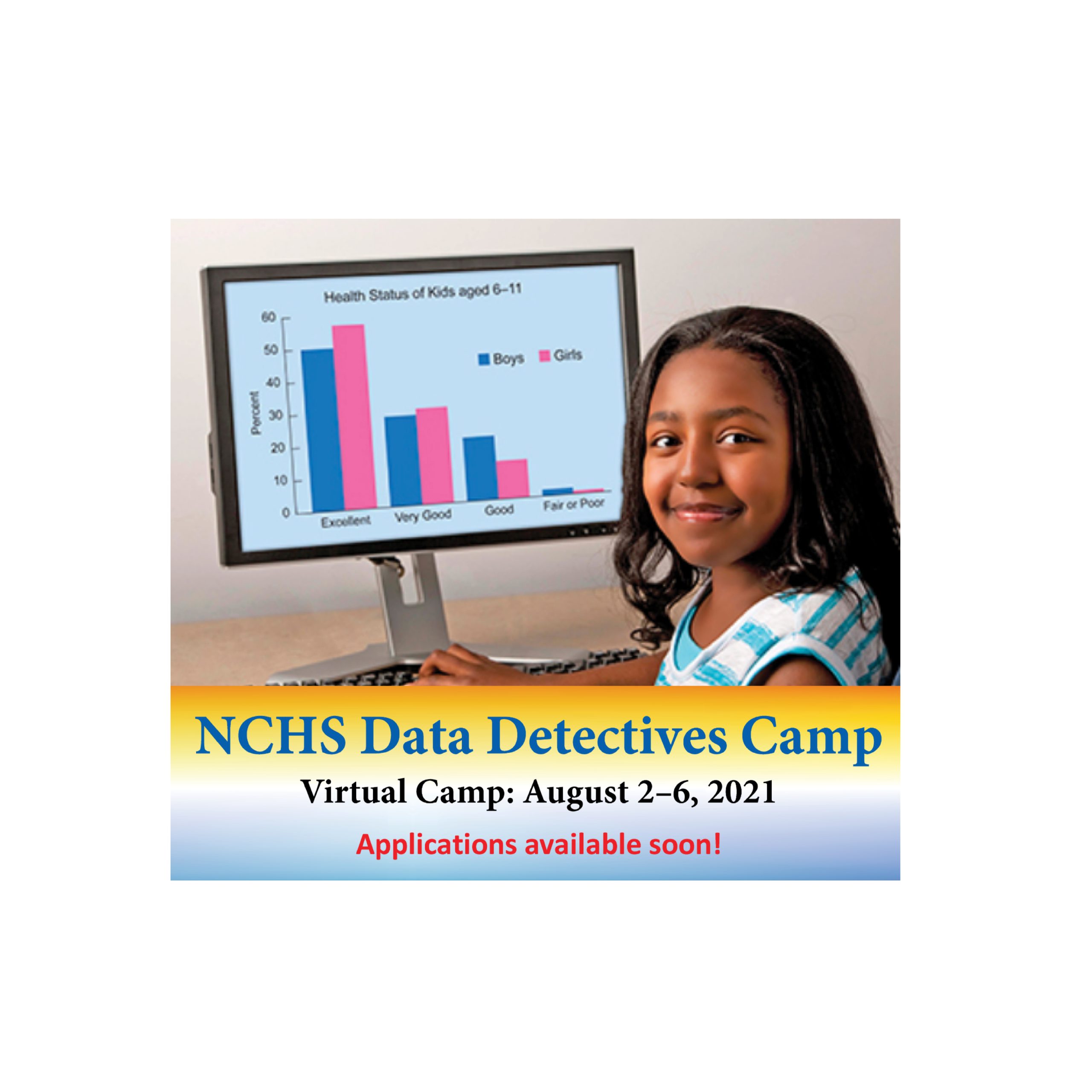CONNECT@IPSDS 2021DATA SCIENCE CONFERENCE Data is crucial to understanding and addressing many of our world’s most pressing challenges. But what is the role of data science in policy evaluation during a global pandemic, and what is the actual value of data for different sectors and domains?At our annual conference of the International Program in Survey and…












